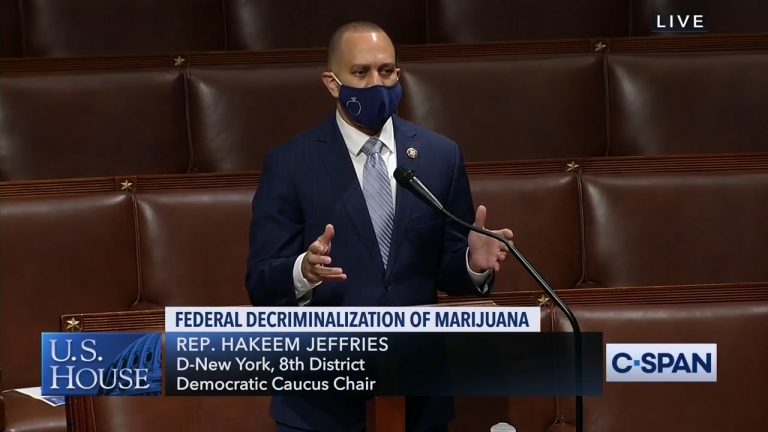

The Los Angeles Times reports that, “Since the 1930s, the National Institutes of Health has invested close to $900 17 billion in the basic and applied research that formed both the pharmaceutical and biotechnology sectors.” Despite taxpayers’ crucial investment, U.S. A vial of NovoLog, one type of insulin, costs 15 anywhere from $14 to $300 in the United States but only $48 in Singapore, $14 in India, $6 in Austria, and $0 in Italy.īillions of taxpayer dollars go into the creation and marketing 16 of new drugs. Senate Committee on Finance sent aletter 14 to Eli Lilly asking why insulin is priced so astonishingly high. Ahead of its hearing on drug pricing in February 2019, the U.S.To compare pricing, a 2018 study 13 estimated that the cost of making a year’s worth of insulin for one patient ranges from $78 to $133. The medication, known as lispro, will cost $137.35 per vial. Eli Lillyannounced 12 in March 2019 that it would begin selling a generic version of its Humalog insulin at half the price.There are three insulin manufacturers serving the United States: Eli Lilly and Co., Novo Nordisk A/S, and Sanofi SA.Prices for insulin increased by 197 percent between 20, from $4.34 per milliliter to $12.92 per milliliter. While insulin has existed since the1920s 10, the price since then has skyrocketed, especially in recent years.Access to insulin for patients with Type 1 diabetes is a matter of life or death.That was the case for Antroinette 8, whose daughter was rationing insulin due to the high cost and died at the age of 22 as a result. Despite the dangers of insulin rationing, which can lead to diabetic ketoacidosis, a fatal condition, many Americans have no other choice. 6 A 2018 study commissioned by the Congressional Diabetes Caucus found that the price of insulin has doubled since 2012 7 in the 10 years prior, the price of insulin nearly tripled. A vial of insulin, which is the only life-sustaining option for Type 1 diabetics, retails at around $300. Among all Americans suffering from diabetes, at least 1 in 4 5 have said that they engaged in insulin rationing-a tactic of using less insulin than is needed in order to make the doses last longer-as a direct result of the skyrocketing price of the drug. Without insulin, glucose accumulates in the bloodstream 4, causing dangerously high blood sugar levels. In America, more than 1 million individuals suffer from Type 1 diabetes 3, a condition where the body cannot make insulin, which is essential for getting glucose (also known as blood sugar) into cells from the bloodstream. government assistance in the form of publicly funded basic research and tax breaks, yet they continue to charge exorbitant prices for medications. Moreover, pharmaceutical companies receive substantial U.S. These price increases far surpass inflation, with Big Pharma increasing prices on its most-prescribed medications by anywhere from 40 percent to 71 percent from 2011 to 2015. This administration’s culture of corruption, which continues a decadeslong practice of political pandering to the pharmaceutical industry, carries a real cost Americans spent $535 billion 1 on prescription drugs in 2018, an increase of 50 percent since 2010. President Trump has long promised to stand up to the pharmaceutical industry and lower prescription drug prices, but he has avoided taking serious action to drive down prices while at the same time filling top spots in his administration with industry insiders. Perhaps no policy area exemplifies this corruption more than the issue of drug pricing. It’s no secret that the Trump administration has fostered a culture of corruption in which special interests and big donors advance their interests at the expense of everyday people.


 0 kommentar(er)
0 kommentar(er)
